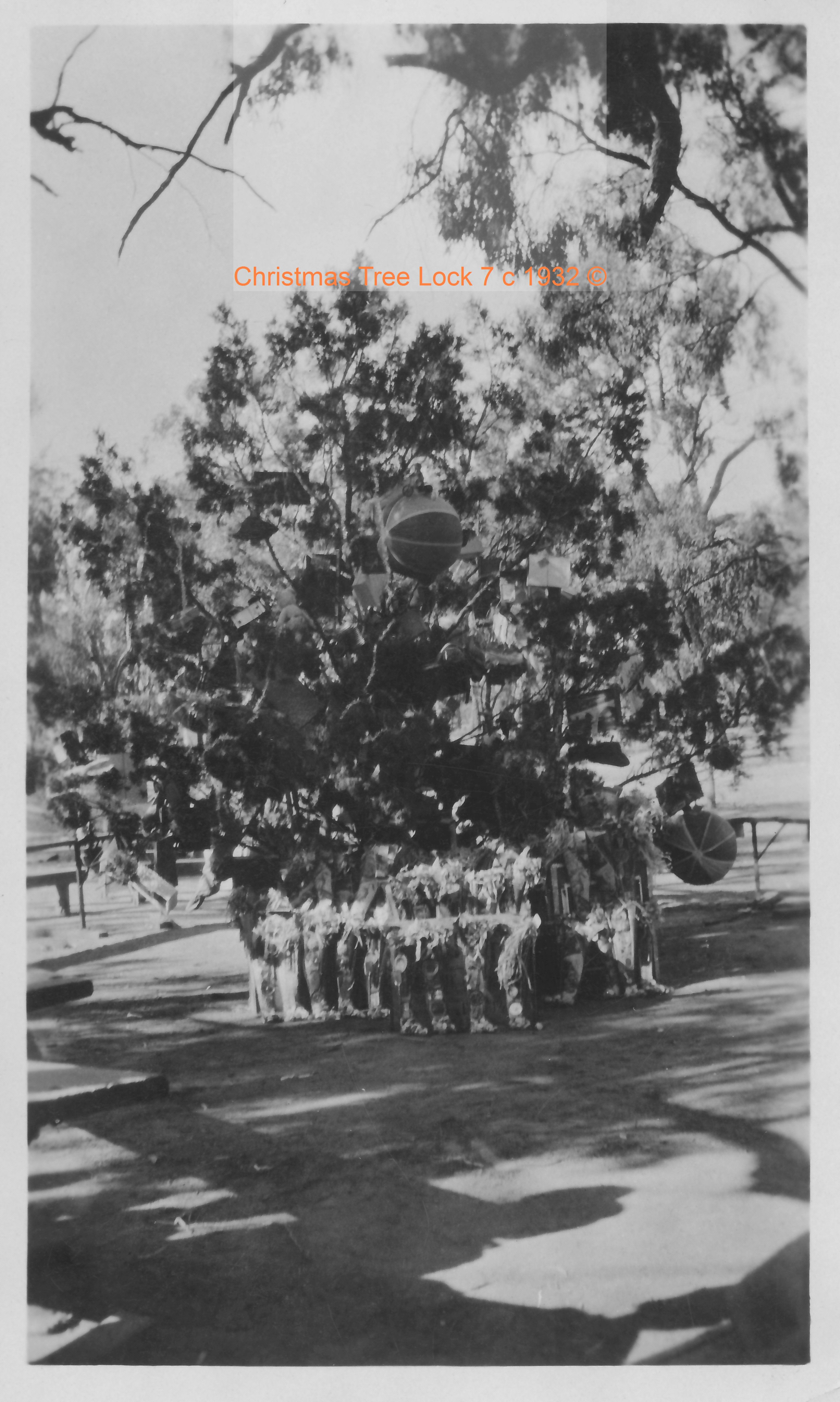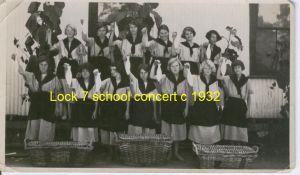Frederick Arthur “Fred” Sims was employed on construction work at Lock 7 on the River Murray and later at the Goolwa Barrages. During his time at lock 7 he sometimes worked as the diver wearing the cumbersome outfits required at the time.

I don’t know much about Fred before his time on the locks. However he was born on Dec 12 1901 at Dulwich in South Australia and married Roma Grace Burke on 5 July 1924 in Norwood. Fred sounds like he was quite a character, with a flair for writing. Recently, his grandson sent me what are believed to be poems written by Fred during his time at Lock 7.
These poems provide a unique insight into the past, especially when I have been able to connect up some of his subject material with real events that have been documented or which tie in with oral history I undertook for my book, Harnessing the River Murray: Stories of the People who Built lock 1-9, 1915-1935.
In 1935, when works at Locks 7 and 8 had been completed the massive task of dismantling all the equipment, workshops and cabins/houses was undertaken for it all to be transported by barge to Goolwa to commence barrage construction.
It was on one of these trips that misfortune struck the barge Aurora at Lock 5. Early in January 1935, the barge being towed by the SS Industry, hit one of the pillars of the open lock 5. See story here:
Fred Sims was an eye witness to this event and penned this amazing poem, which I have permission to share here. I think he would never have imagined when he put pen to paper that his musings would be ‘published’ on such a platform as this! Many thanks to Rodney Sims for sharing the poem (found in the possession of Darrell Sims.)










You must be logged in to post a comment.